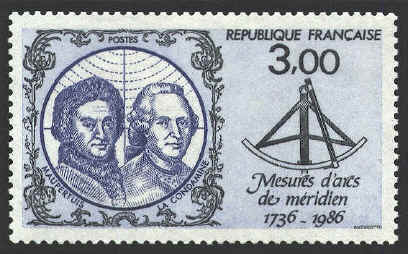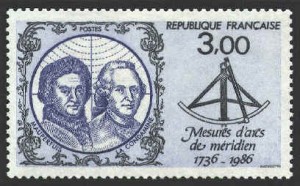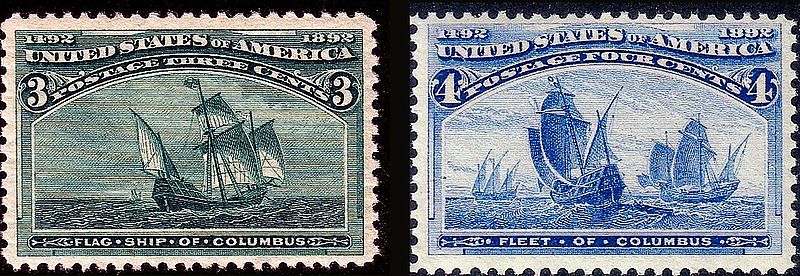

Measuring the length of the meridian led to the invention of the meter. Theoretically a degree of latitude is a constant, the same at the equator as at the pole. However, Isaac Newton believed that the earth was slightly flattened at the poles, an oblate spheroid, and that the length of a degree at the poles was longer than it was at the equator. On the other hand French mathematicians argued either for a perfect sphere or for a prolate spheroid, one which bulged at the poles.































